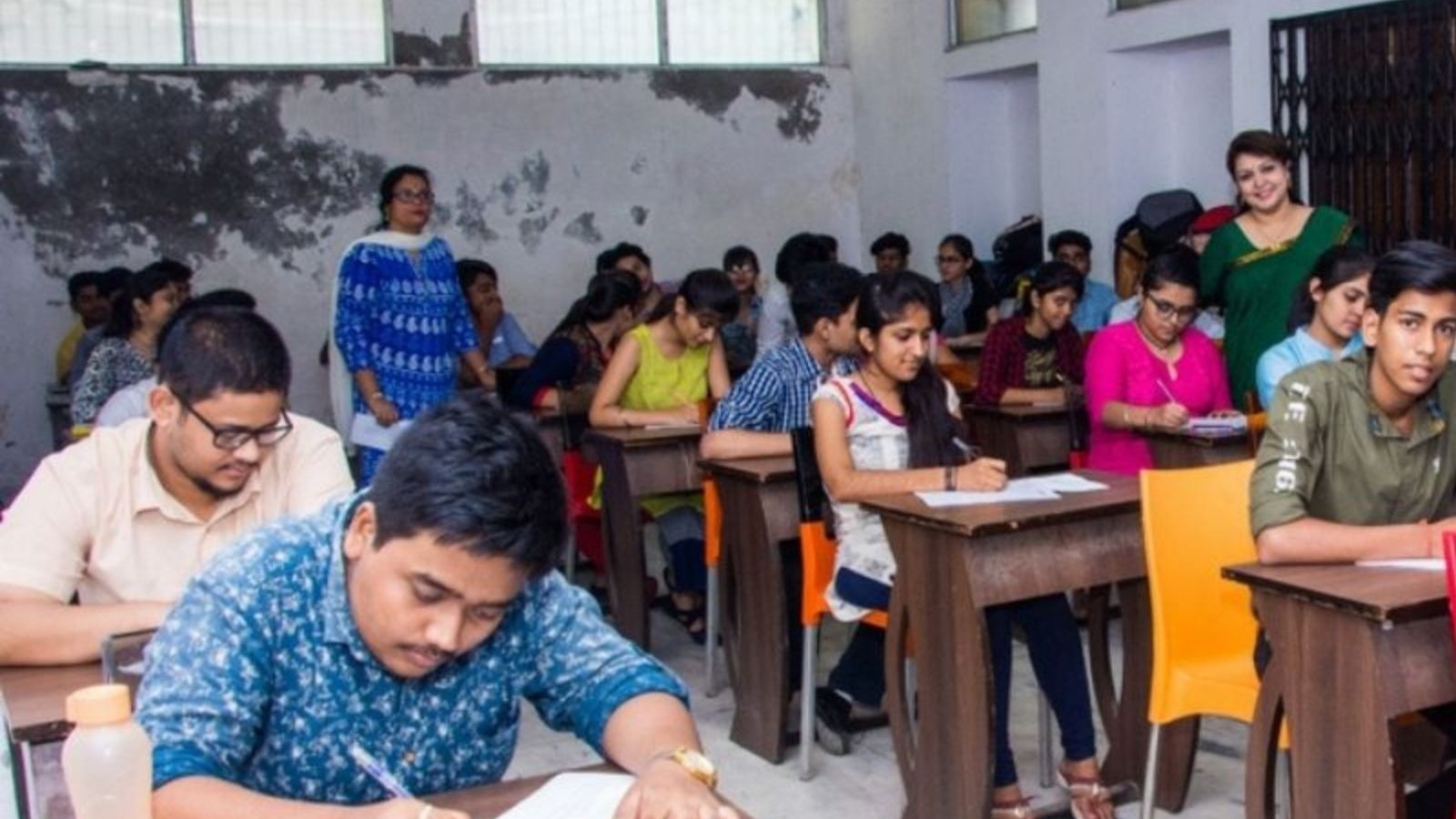The study also found that the Christian community, which makes up for 11.54 percent of the total religious population, has a share of 71.96 percent of the total religious minority schools in India.
The study by the National Commission for Protection of Child Rights was aimed at finding ways to ensure that children from minority communities get quality elementary education, as guaranteed by their fundamental rights within these minority institutions
The study found that the Muslim community contributes a share of 22.75 percent to the religious minority schools and has the lowest percentages of non-minority population among their minority schools at 20.29 percent.
“Across the communities, 62.50 percent of the student population belongs to the non-minority community, while 37.50 percent belongs to the minority community.
“Muslim community schools (20.29%) have the lowest percentages of non-minority population among their minority schools,” the study said.
Christian community schools have 74.01 percent of the student population belonging to the non-Christian community, according to the study.
The report said the Sikh community contributes 9.78 percent to the total religious minority population and contributes a share of 1.54 percent to the religious minority schools.
“The Buddhist community, which makes up 3.38 percent of the total religious population, has a share of 0.48 percent in the total religious minority schools in India. The Jain community contributes a share of 1.90 percent to the religious minority population, and contributes a share of 1.56 percent to the religious minority schools,” it said.
The Parsi community, which makes up 0.03 percent of the total religious population, has a share of 0.38 percent of the total religious minority schools in India while other religious communities (including tribal religions, Baha’i, Jews), contribute 3.75 percent to the religious minority population and 1.3 percent to the religious minority schools.
Recommending mapping of all unrecognised institutions to identify out-of-school children, the NCPCR said there are a large number of children attending schools/institutions that are not recognised.
The number of such institutions is not known. Therefore, whether these institutions provide quality education also remains unknown.
Children attending all such institutions (unrecognised and/or unmapped schools) are to be treated as Out of School, even if they provide regular education.
Therefore, it is very important that any survey undertaken to map the number of out-of-school children should also include mapping of all these unrecognised institutions which may include unrecognised schools, madrasas, Vedic Pathshalas, Gumpas and other forms of non-formal education centres, it said.
The report also recommended the need to link the need of the number of minority institutions in a state for a particular minority to the process of granting minority institution status for better utilisation of resources.
The NCPCR further said that there is a need to lay down specific guidelines regarding the minimum percentage of students from the minority community to be admitted to the institution.
Noting that it is important that NCERT along with SCERTs should play a proactive role in extending the right to education to all children, the NCPCR said so far, the minority cell has not taken any constructive step for the education of children of minority communities.
“It’s time that the Council should hold consultative meetings with all stakeholders and create pathways for reaching out to these children and reaching closer to the minorities.
“Also, the vision, mission and functions of Minority Cell in NCERT created in 2006 need to be revised and the Cell should play a larger role in taking the fundamental right to elementary education to all children especially children of minority communities,” it said.
Source link




